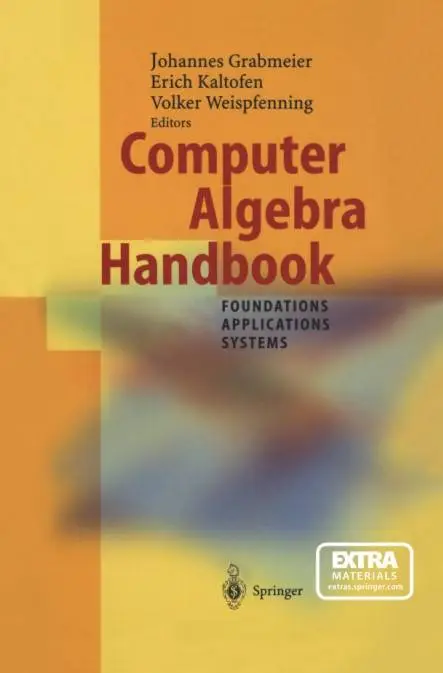
Free Download Computer Algebra Handbook: Foundations · Applications · Systems By Johannes Grabmeier, Erich Kaltofen, Volker Weispfenning
English | PDF | 2003 | 656 Pages | ISBN : 3642629881 | 96 MB
This Handbook gives a comprehensive snapshot of a field at the intersection of mathematics and computer science with applications in physics, engineering and education. Reviews 67 software systems and offers 100 pages on applications in physics, mathematics, computer science, engineering chemistry and education.
Two ideas lie gleaming on the jeweler's velvet. The first is the calculus, the second, the algorithm. The calculus and the rich body of mathematical analysis to which it gave rise made modern science possible; but it has been the algorithm that has made possible the modern world. -David Berlinski, The Advent of the Algorithm First there was the concept of integers, then there were symbols for integers: I, II, III, 1111, fttt (what might be called a sticks and stones representation); I, II, III, IV, V (Roman numerals); 1, 2, 3, 4, 5 (Arabic numerals), etc. Then there were other concepts with symbols for them and algorithms (sometimes) for manipulating the new symbols. Then came collections of mathematical knowledge (tables of mathematical computations, theorems of general results).
Soon after algorithms came devices that provided assistance for carrying out computations. Then mathematical knowledge was organized and structured into several related concepts (and symbols): logic, algebra, analysis, topology, algebraic geometry, number theory, combinatorics, etc. This organization and abstraction lead to new algorithms and new fields like universal algebra. But always our symbol systems reflected and influenced our thinking, our concepts, and our algorithms.
[/b]
